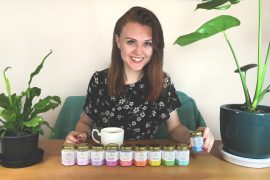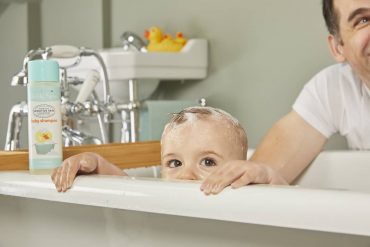By Emily Folk
You’ve got the big-ticket items pretty much taken care of. Your home is asbestos, radon and lead paint free, you routinely service your HVAC system complete with thorough air duct cleaning, and your carbon monoxide monitor is running on live batteries. No matter how important that last-minute text you receive may be, you open the garage door before sending off a brief answer if the car motor is running.
You know environmental toxins have the potential to make a significant impact on your health and that of your family. But did you know many common, everyday products contain chemicals which are just as harmful? Below we’ve compiled information regarding routinely-used commodities to watch out for, as well as suggestions for safer alternatives.
Use Good Sense Scents
Fragrant candles, air fresheners, and synthetic musks are made with compounds which have been linked to reproductive harm, breast cancer and developmental delays in small children, particularly in the arena of IQ.
Beware of ingredients such as benzyl acetate, ethyl acetate, benzaldehyde, linalool, acetone and methylene chloride. When inhaled they can cause throat, eye and skin irritation, nausea, drowsiness, headaches, dizziness, and ultimately lung and kidney damage.
Choose products that are marked fragrance-free and consider the following natural alternatives for reducing household odor:
- Open windows and ventilate with fresh air.
- Grind half a lemon in your garbage disposal.
- Sprinkle coffee grounds in trash.
- Place an open box of baking soda in the fridge.
- Set out fresh flowers or a bowl of dried potpourri.
- Infuse spices like vanilla and cinnamon in a pot of boiling water.
- Grow fragrant herbs in containers such as rosemary and basil.
Switch Out Plastics
When you conscientiously take stock, you’ll be shocked by how many plastic products you use on a daily basis. From shower curtains and toys to food storage containers, check symbols and consider switching out for more natural alternatives wherever possible.
Plastics with the recycling symbols #3, #6 and #7 are the most frequent culprits of heavy metal toxin release including bisphenol A. Consider glass or ceramic replacements in the kitchen, and dismiss that backup case of to-go water bottles in favor of reusable BPA-free versions instead.
Eliminate Fire Retardants
While harmful fire retardant chemical use remains commonplace on treated household carpets, mattresses, upholstery and curtains, it’s continued presence on child care gear is perhaps the most alarming. Strollers, cribs, high chairs and even pajama onesies may contain dangerous levels of PBDEs – Polybrominated diphenyl ethers – and bromine.
Children are especially vulnerable to the negative effects of exposure, which include neurologic compromise and endocrine disruption because their bodies are small and developing at a rapid rate. Make sure to pass on fire retardant baby clothing and furnishings and consider replacing textile fibers with non-treated varieties, especially if you’re not certain of their chemical composition.











